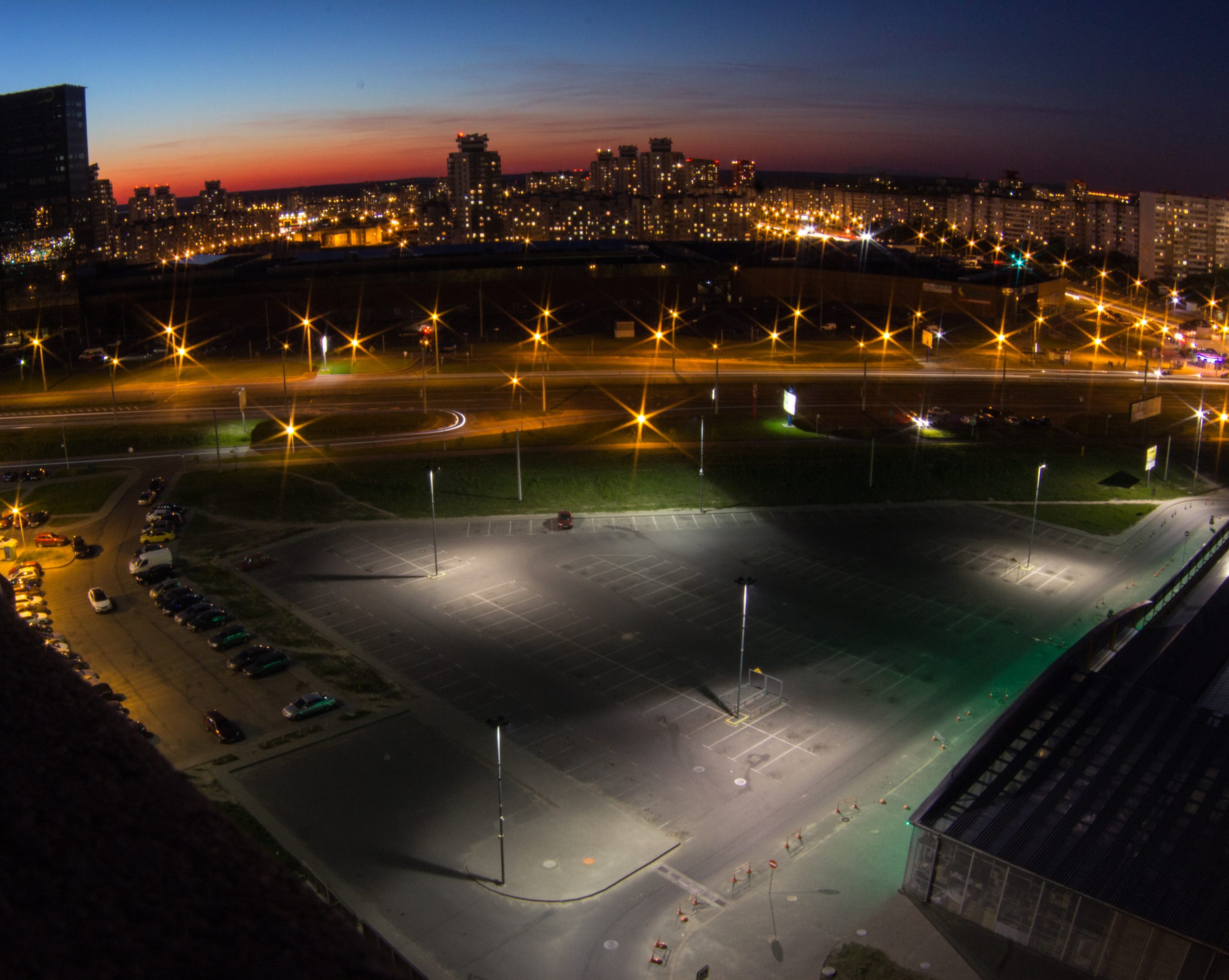Synopsis
Traditional hit-and-hope ranges are being replaced by immersive, data-rich environments where every ball flight becomes a teaching metric. A golf course driving range architect begins by orienting bays to prevailing winds, ensuring radar tracking remains true. Working alongside a golf course practise academy designer, the team zones short-game, wedge calibration and full-swing areas so players can transition seamlessly between skills. Early collaboration with golf course design companies hides fibre conduits and sensor hubs beneath target greens, while a forward-thinking golf designer architecture firm threads lighting, shade canopies and remote ball-pickup lanes into the master plan. Robust agronomy advice from golf course maintenance firms guarantees divot recovery without compromising launch-monitor accuracy. Throughout feasibility, a top golf consultant models capital cost against forecast bay utilisation, confirming that technology investment aligns with revenue projections. The result is a next-generation practice campus that merges architecture, agronomy and analytics, giving players measurable improvement while safeguarding the bottom line.
Table Of Content
- Beyond Buckets: The Modern Range Vision
- Wind, Orientation and Tracking Integrity
- Subsurface Technology: The Hidden Network
- Turf, Divots and Surface Consistency
- Energy, Water and Operational Sustainability
- Revenue Streams and Player Engagement
- NWD Golf’s Integrated Range Methodology
- Service Continuum for Ongoing Excellence
Beyond Buckets: The Modern Range Vision
Range design now starts with a simple premise: practice should mirror pressure. A golf course driving range architect therefore divides the landing field into shot corridors that replicate fairway widths, forcing decision-making rather than repetition. The golf course practise academy designer adds micro-contoured target islands at staggered distances, each flagged by LED pins that randomise yardage tasks. Players begin to train for variability, not comfort, a philosophy backed by performance analytics. Collaboration with innovative golf design companies introduces modular coaching pods that slide along overhead tracks, converting static bays into dynamic teaching studios. This flexibility lets facilities refresh layouts annually without new earthworks, extending lifespan and maintaining excitement.
Wind, Orientation and Tracking Integrity
Wind direction distorts launch data if ignored. During feasibility, the golf course driving range architect rotates bays toward the course’s dominant breeze, reducing side-spin exaggeration. Lidar scans identify tree lines that buffer gusts while preserving skyline views. A top golf consultant overlays local weather archives on routing software, flagging seasonal crosswind anomalies. Meanwhile, a precision-minded golf designer architecture firm calibrates radar-node spacing so ball flight is captured from launch to landing with minimal shadow loss. These steps protect data fidelity, ensuring that coaching feedback remains scientifically sound across climatic swings.
Subsurface Technology: The Hidden Network
Performance analytics rely on hidden infrastructure. Trenches mapped by leading golf course design companies carry fibre optics, power and low-pressure air lines beneath range turf. Sensors sit in shock-resistant pods beneath target greens, transmitting carry, spin and descent metrics to cloud dashboards. The golf course practise academy designer specifies service aisles behind back-net screens, allowing technicians to swap hardware without halting sessions. All cable junctions are marked in GIS files, empowering golf course maintenance firms to aerate surfaces without severing data lines. The outcome is a network that remains invisible to players yet forms the spine of the learning ecosystem.
Turf, Divots and Surface Consistency
Divot craters can skew launch-monitor readings by altering strike geometry. Agronomists within golf course maintenance firms choose turf varieties with aggressive rhizome recovery, enabling daily movement of hitting strips. Sub-grade sand-cap profiles drain quickly, letting staff reopen grass tees hours after heavy rain. The golf course driving range architect stipulates roll-off slopes around target greens so practice balls gather for robotic retrieval, reducing manual compaction. Maintenance protocols share clipping-yield data with the golf course practise academy designer, who adjusts mowing heights to match tour-grade firmness. Turf science and design thus operate as a single ecosystem, preserving feedback accuracy for every club in the bag.
Energy, Water and Operational Sustainability
High-intensity LEDs, ball washers and launch monitors consume resources. To offset demand, a sustainability-minded golf designer architecture firm integrates rooftop solar arrays along range canopies, paired with battery storage for evening peak. Recycled storm-water collected from canopy gutters irrigates high-wear hitting zones, reducing potable draw. Data collated by top golf consultant teams show that these measures cut energy costs by up to thirty per cent over a decade, enhancing EBITDA without sacrificing player comfort. Such efficiency is now expected of modern facilities, aligning operational savings with environmental stewardship.
Revenue Streams and Player Engagement
Technology extends dwell time and wallet share. Smartphone apps designed with input from golf course design companies let players compete in skills games, storing leader-board stats across visits. Flexible membership tiers capture casual users and elite trainees alike. A savvy golf course practising academy designer sequences event bays beside social lounges, encouraging cross-pollination of coaching revenue and food-and-beverage sales. Maintenance-friendly target inserts allow thematic graphics for corporate outings, adding high-margin sponsorship income. When architecture, analytics and hospitality interlock, ranges evolve into year-round entertainment hubs.
NWD Golf’s Integrated Range Methodology
NWD Golf orchestrates strategy, sensor technology and agronomy from first sketch to final divot pattern. By uniting golf designer architecture firm capabilities with the field experience of golf course maintenance firms, we create practice grounds that deliver tour-grade data on resilient turf. Our planners benchmark capital payback with insights from a resident top golf consultant, ensuring ROI aligns with design ambition. Each facility reflects local wind rose, soil chemistry and market appetite—proof that one size never fits all.
Service Continuum for Ongoing Excellence
Our engagement spans feasibility modelling, site analysis, schematic zoning, design development and construction observation, culminating in post-opening performance audits. Digital mower maps supplied by partnering golf course design companies help crews keep target greens within tolerance, while agronomy dashboards translate sensor output into proactive turf care. This cradle-to-legacy framework safeguards data accuracy, playing surface quality and asset value long after ribbon-cutting.
Why engage a golf course driving range architect for technology-rich facilities?
A golf course driving range architect understands shot-tracer requirements, bay orientation and wind mitigation. They embed conduit routes, sensor sight lines and ball-pickup loops into routing plans, preventing retro-fit headaches. Their expertise ensures tracking accuracy, visual aesthetics and operational flow coexist harmoniously, delivering an authentic on-course feel during practice.
How does a golf course practise academy designer integrate short-game realism?
Academy designers craft chipping decks with micro-slopes, bunker sand gradients and varied turf heights. By replicating real-course lies, they teach players trajectory control and spin management. Integrated target greens with true-roll surfaces allow wedge calibration, making practice directly transferable to competition play without inflating facility footprint.
What role do golf course maintenance firms play in sustaining data validity?
Maintenance crews manage turf moisture, divot rotation and mowing precision—each factor affecting spin and launch angle. They use GIS maps from golf course design companies to avoid sensor lines during aeration. Consistent agronomy preserves playing quality and data integrity, ensuring coaching analytics remain reliable over time.
Why consult top golf consultants during feasibility?
Top golf consultants benchmark construction and tech costs against predicted bay occupancy, ensuring financial viability. They also analyse demographics, travel time and climate data, advising on canopy design and energy load. Their insight aligns investment with market demand, protecting capital and guiding scalable growth strategies.
How do golf designer architecture firms future-proof practice facilities?
These firms design modular infrastructure—conduits, power hubs and tech pylons—allowing future sensor upgrades without turf disruption. They specify flexible bay dimensions and structural loads for potential mezzanine decks or hospitality add-ons, ensuring the facility adapts to evolving technology and revenue models with minimal downtime.
Vijit Nandrajog holds a master’s degree in Golf Architecture from Scotland and has led design solutions across Asia, Africa, and the Middle East for nearly two decades. Known for aligning environmental stewardship with real-estate value, he serves on multiple regional golf boards and contributes regularly to industry journals. At NWD Golf, Vijit guides integrated land-planning strategies that harmonise community growth and compelling play.
- Vijit Nandrajoghttps://nwdgolf.com/blogs/author/vijit-nandrajog/
- Vijit Nandrajoghttps://nwdgolf.com/blogs/author/vijit-nandrajog/
- Vijit Nandrajoghttps://nwdgolf.com/blogs/author/vijit-nandrajog/
- Vijit Nandrajoghttps://nwdgolf.com/blogs/author/vijit-nandrajog/


